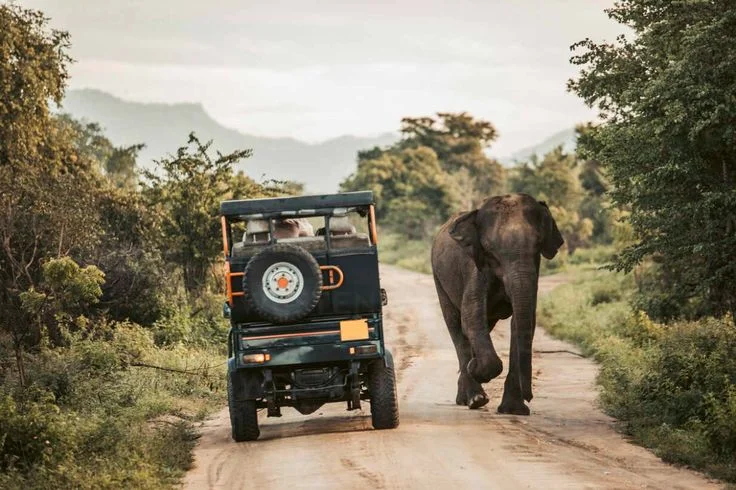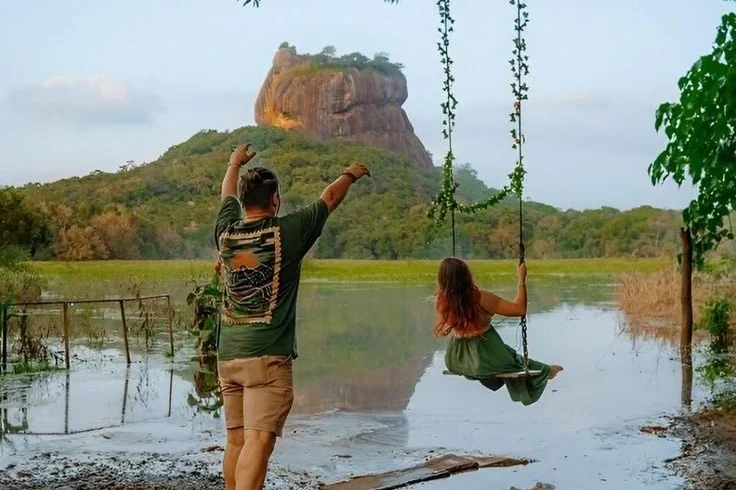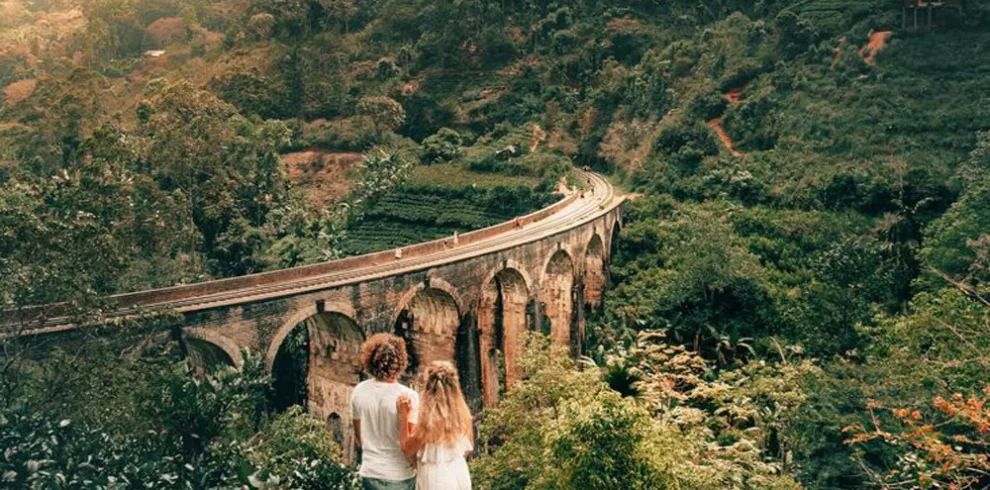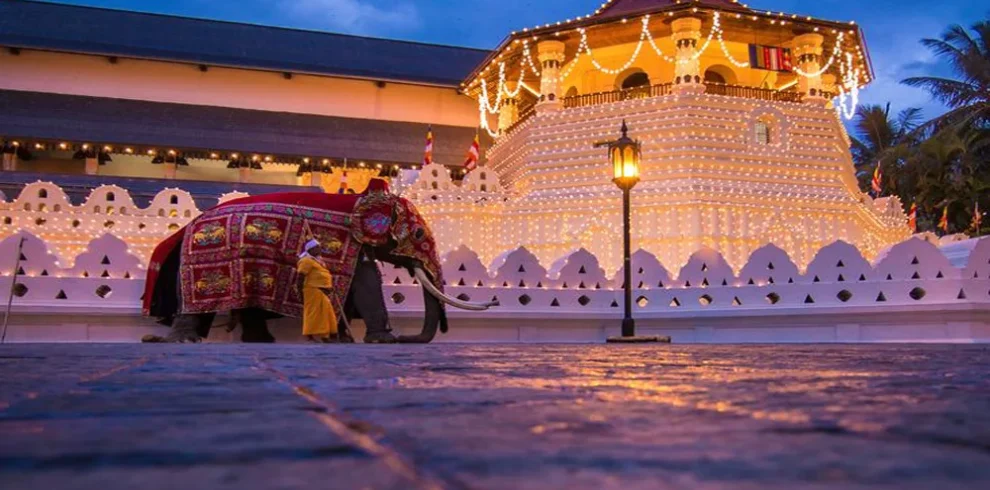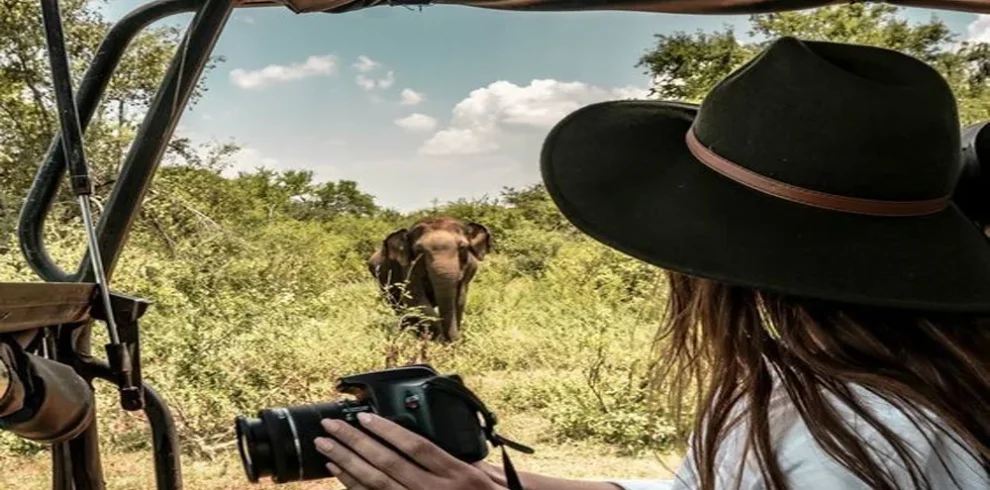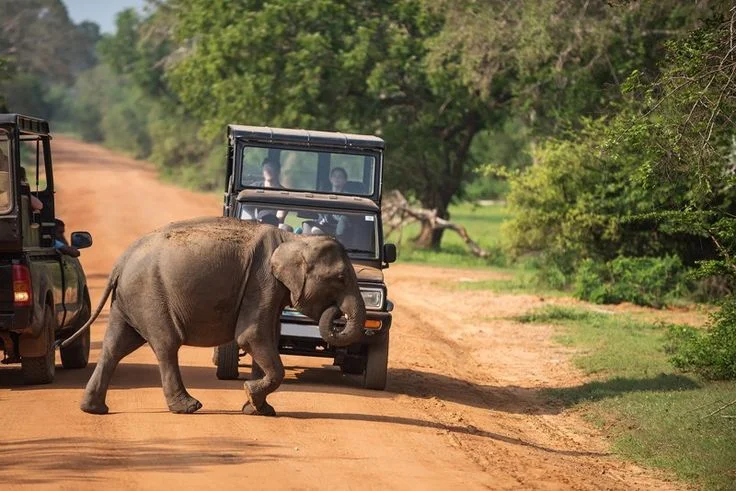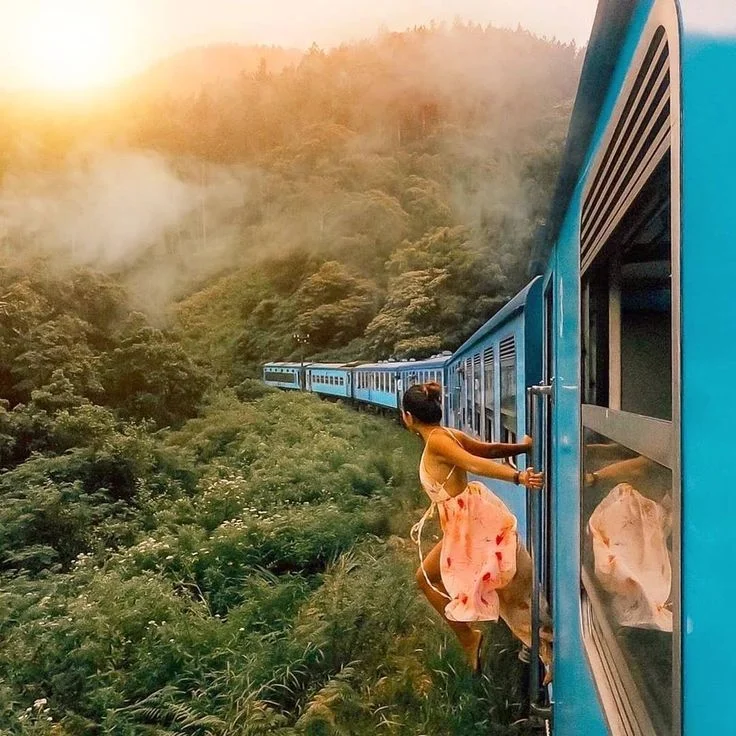TRAVELING TO SRI LANKA
Sri Lanka, known as the “Pearl of the Indian Ocean,” is a tropical island nation located south of India. Covering an area of approximately 65,600 km², it is slightly smaller than Ireland. The population is around 22 million, with Colombo serving as the commercial capital and Sri Jayawardenepura Kotte as the administrative capital.
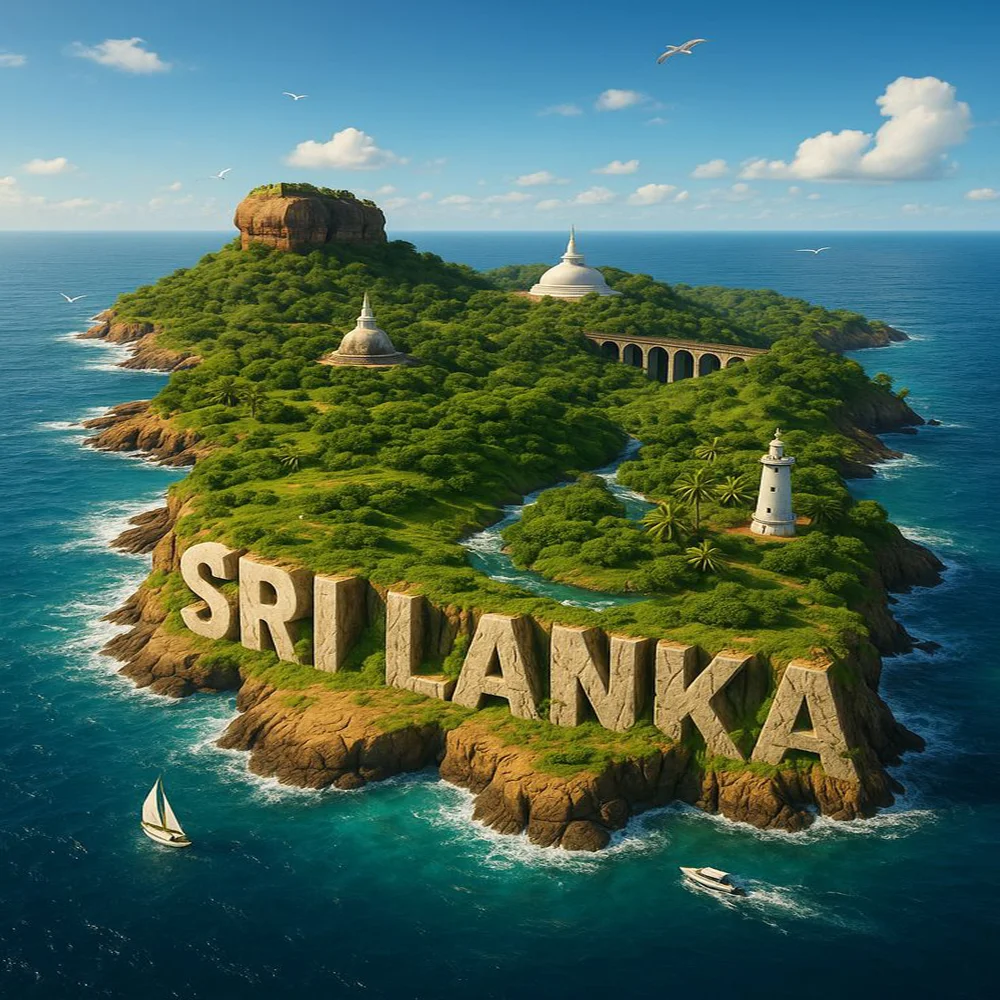
Climate:
Tropical, with high humidity and distinct wet and dry seasons. The island is generally warm, with temperatures ranging from 26°C to 32°C in coastal areas, and cooler in the central highlands (15°C–25°C).
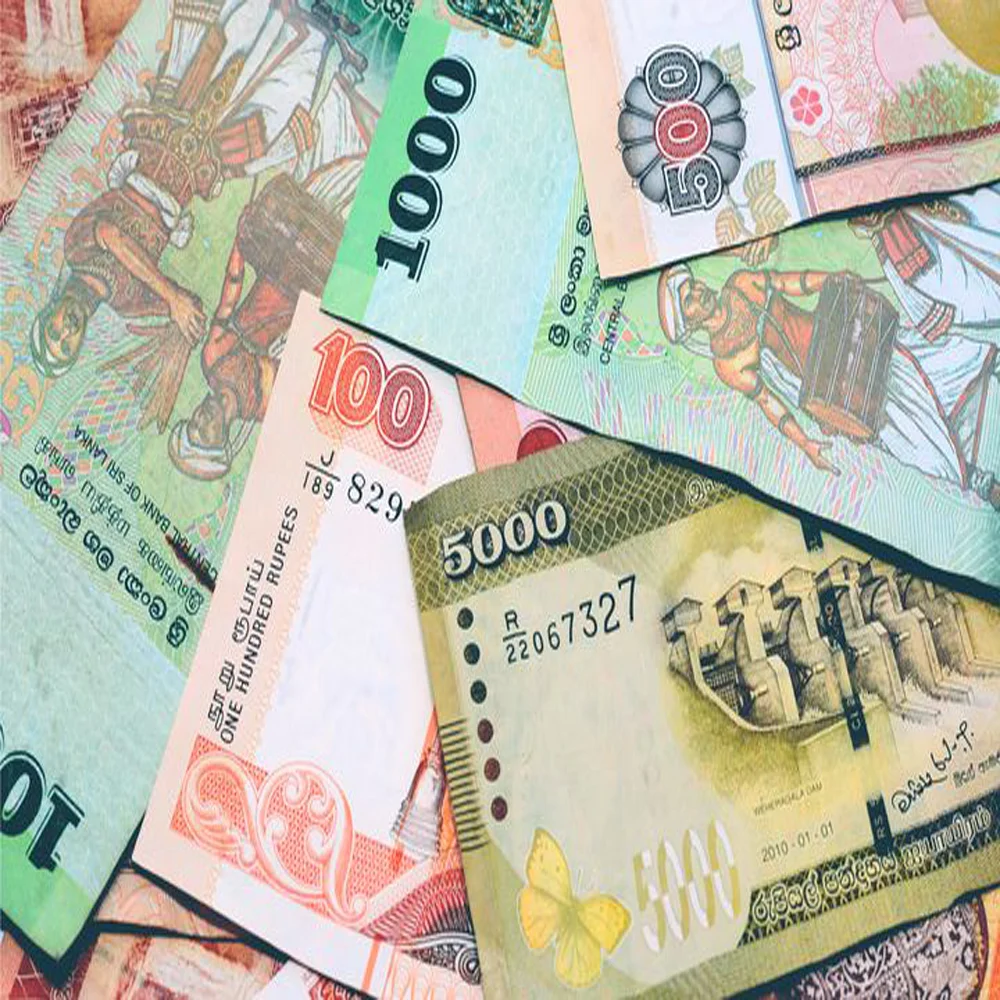
Currency:
Sri Lankan Rupee (LKR)
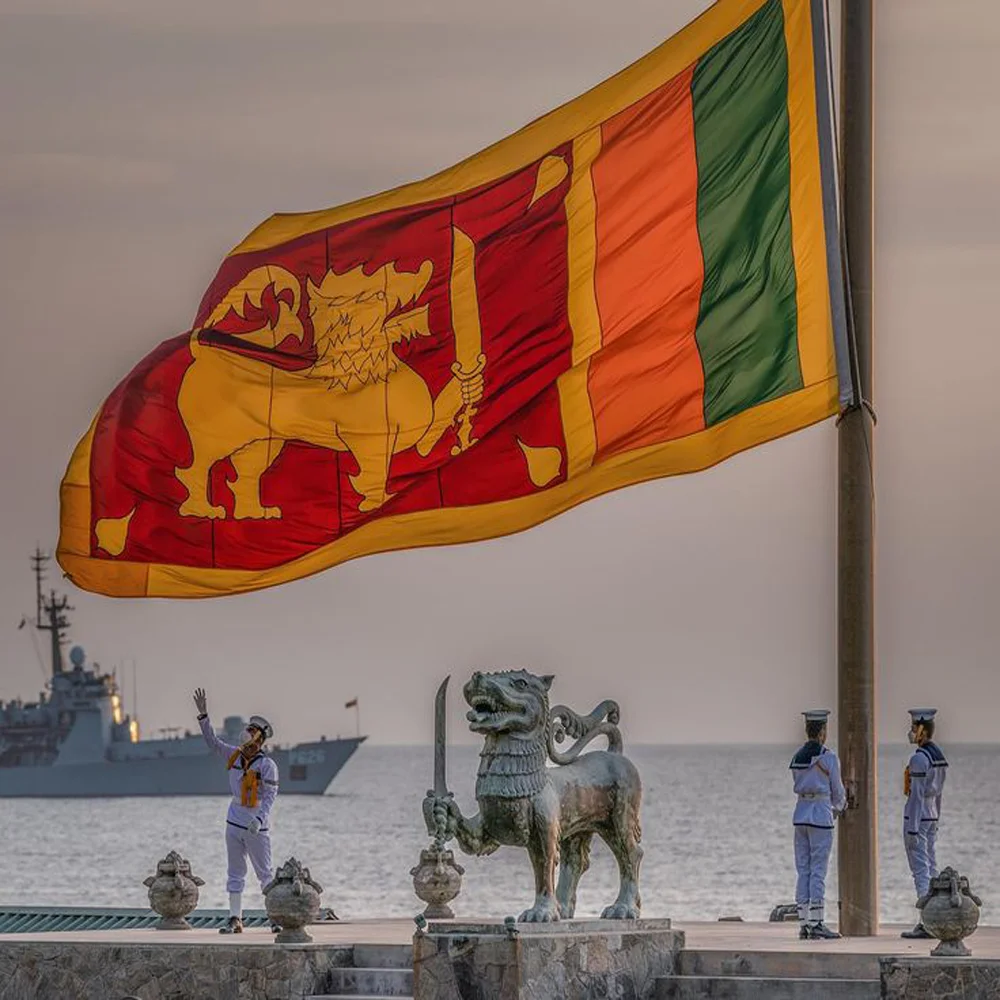
Languages:
Sri Lanka has two official languages . Sinhala and Tamil - with English as a link language. Most people have some knowledge of English, and signboards are often in English.
All Holiday or Business travelers to Sri Lanka must have Electronic Travel Authorization (ETA) for entering in to Sri Lanka. You may visit www.eta.gov.lk for more information.
Foreign Currency Regulations
Visitors to Sri Lanka bringing in more than US$10,000 should declare the amount to the Customs on arrival. All unspent rupees converted from foreign currencies can be re-converted to the original currency on departure as long as encashment receipts can be produced.
When & Where to Travel
Sri Lanka’s climate varies regionally, so planning around the monsoon seasons is key:
- Southwest Monsoon (May–September): Brings rain to the Southwest Coast (Colombo, Galle, Bentota) and the hill country (Kandy, Nuwara Eliya). Ideal to explore the East Coast (Trincomalee, Arugam Bay) during this time.
- Northeast Monsoon (December–February): Affects the East Coast, making the Southwest Coast and central highlands ideal destinations.
- Central Highlands: Cooler temperatures year-round; perfect for hiking, tea plantations, and hill country exploration.
General Tips
- Attire for temples: Modest clothing is required. Cover shoulders and knees; remove shoes and hats before entering.
- Cultural respect: Avoid public displays of affection at religious sites.
- Cash: Small denominations are useful in rural areas; many places accept cards in cities.
- Entrance fees: Most cultural sites and national parks charge an entrance fee.
Getting Around
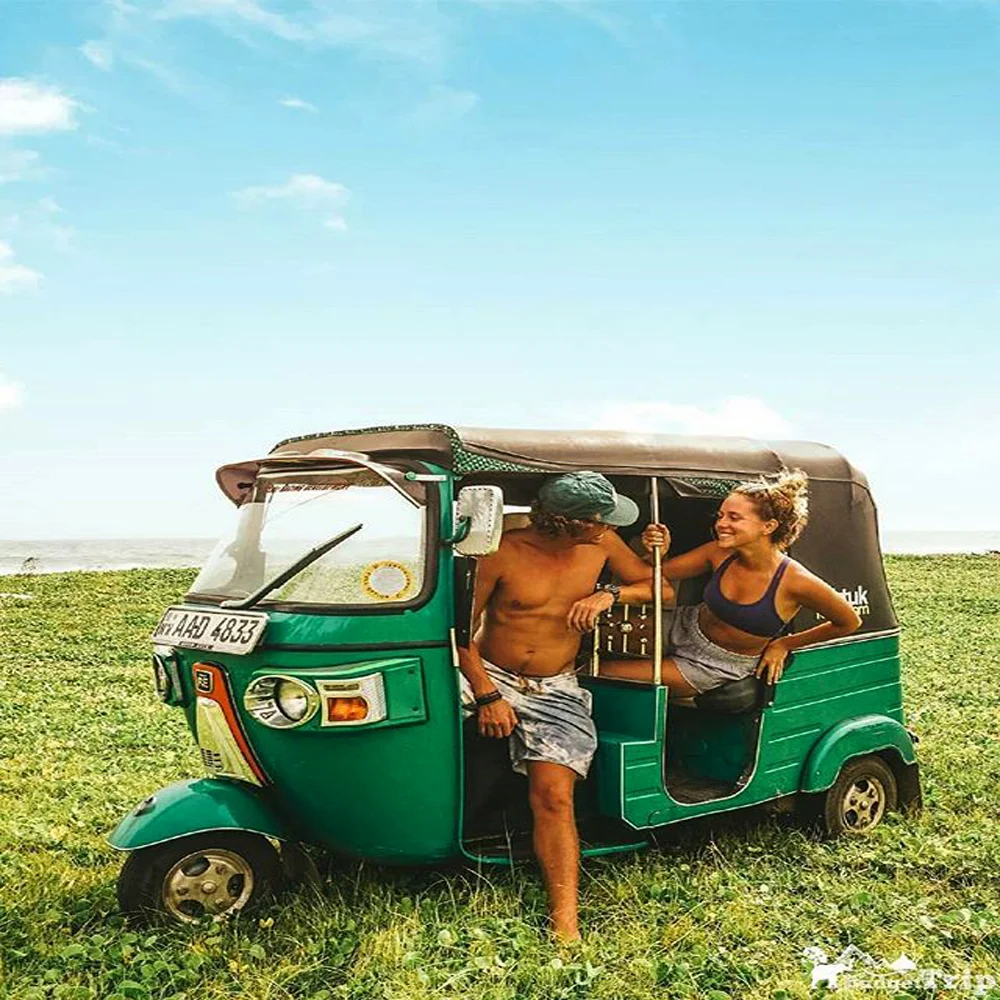
Taxis & Tuk-Tuks:
Readily available, negotiate fares or use apps like PickMe or Uber in major cities.
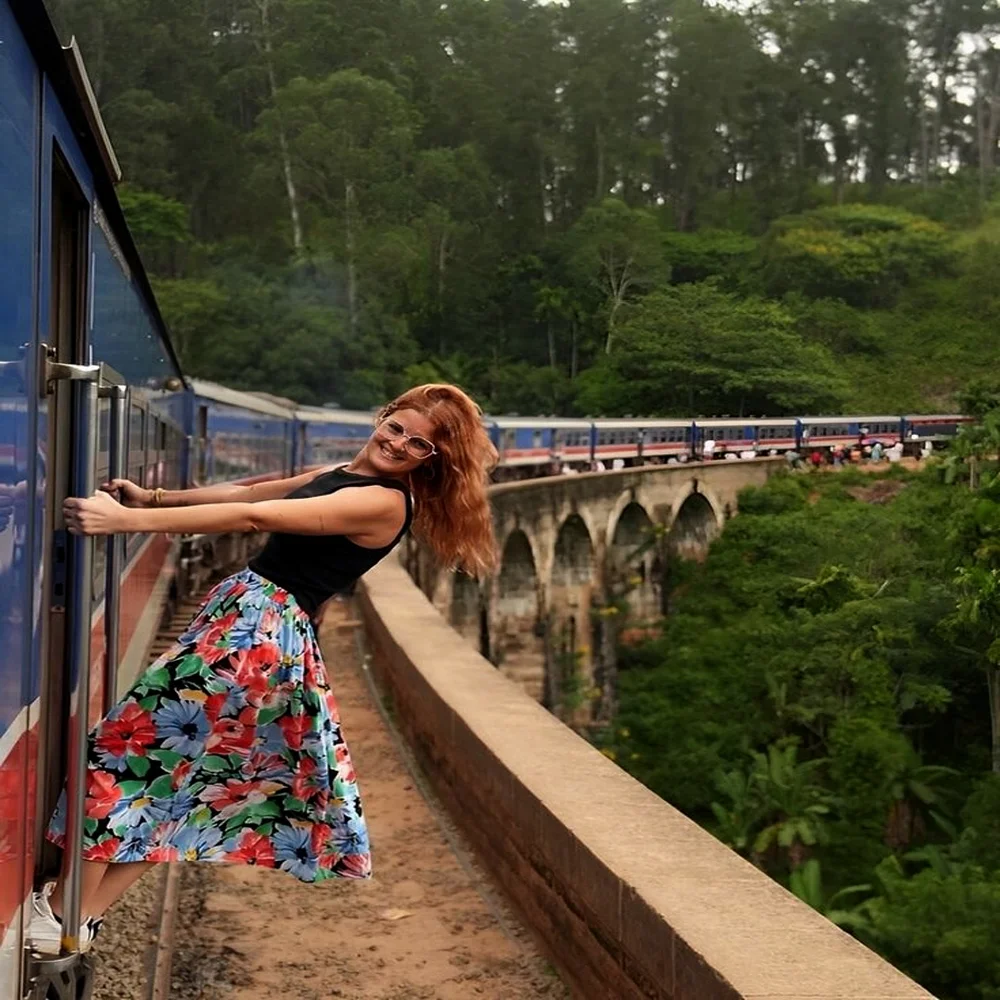
Public Transport:
Buses and trains are affordable; trains are scenic, especially the Kandy–Ella route.

Car Rentals:
Available in major cities; hiring a driver is common and convenient for intercity travel.
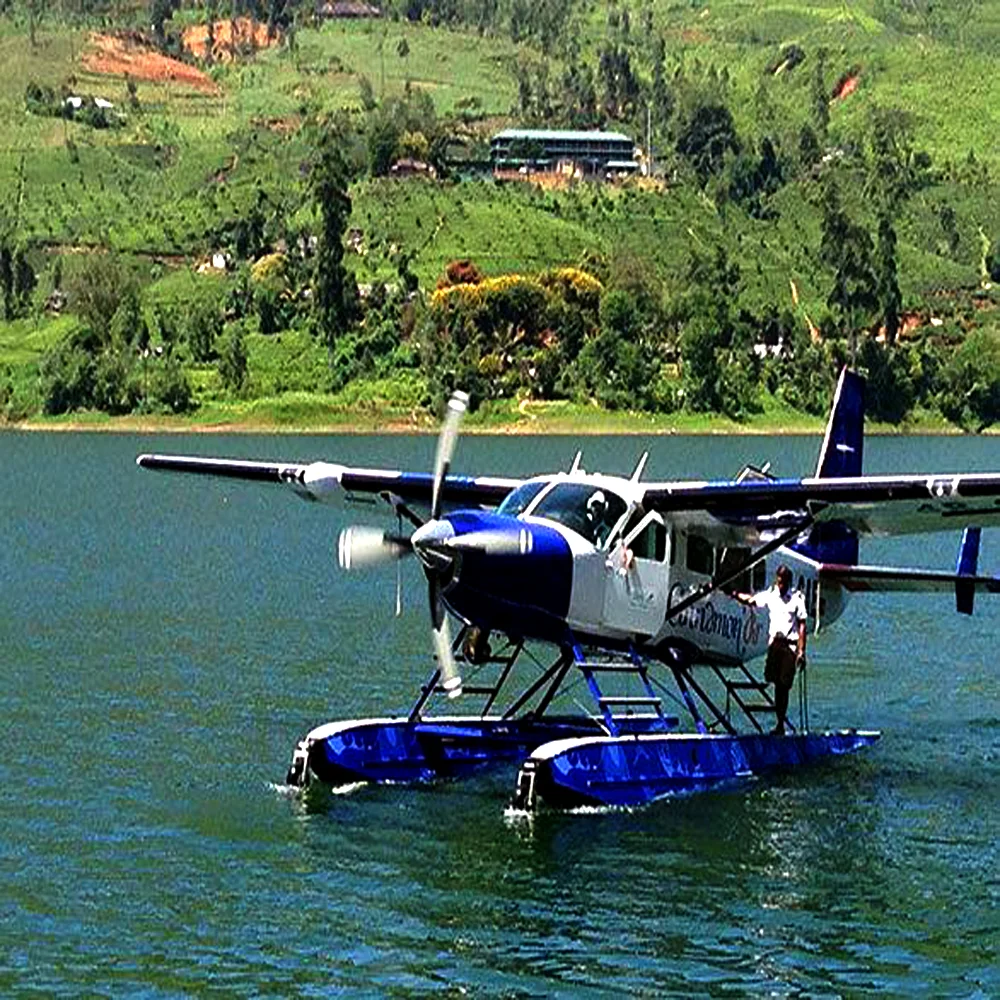
Domestic Flights:
Useful for covering long distances quickly (Colombo → Jaffna / Trincomalee / Hambantota).
Additional Tips
- Water & Food: Drink bottled water; Sri Lankan cuisine is flavorful and often spicy.
- Health: Carry insect repellent for coastal and forested areas; travel insurance is recommended.
- Connectivity: SIM cards are affordable; major providers include Dialog, Mobitel, and Airtel.
Common Words & Phrases
- Hello / Hi: Ayubowan (Sinhala), Vanakkam (Tamil)
- Thank you: Istuti (Sinhala), Nandri (Tamil)
- Yes / No: Ow / Næ (Sinhala), Ām / Illai (Tamil)
- How much?: Keeyada? (Sinhala)
- Mate / Buddy: Machang
- Correct / OK: Hari

